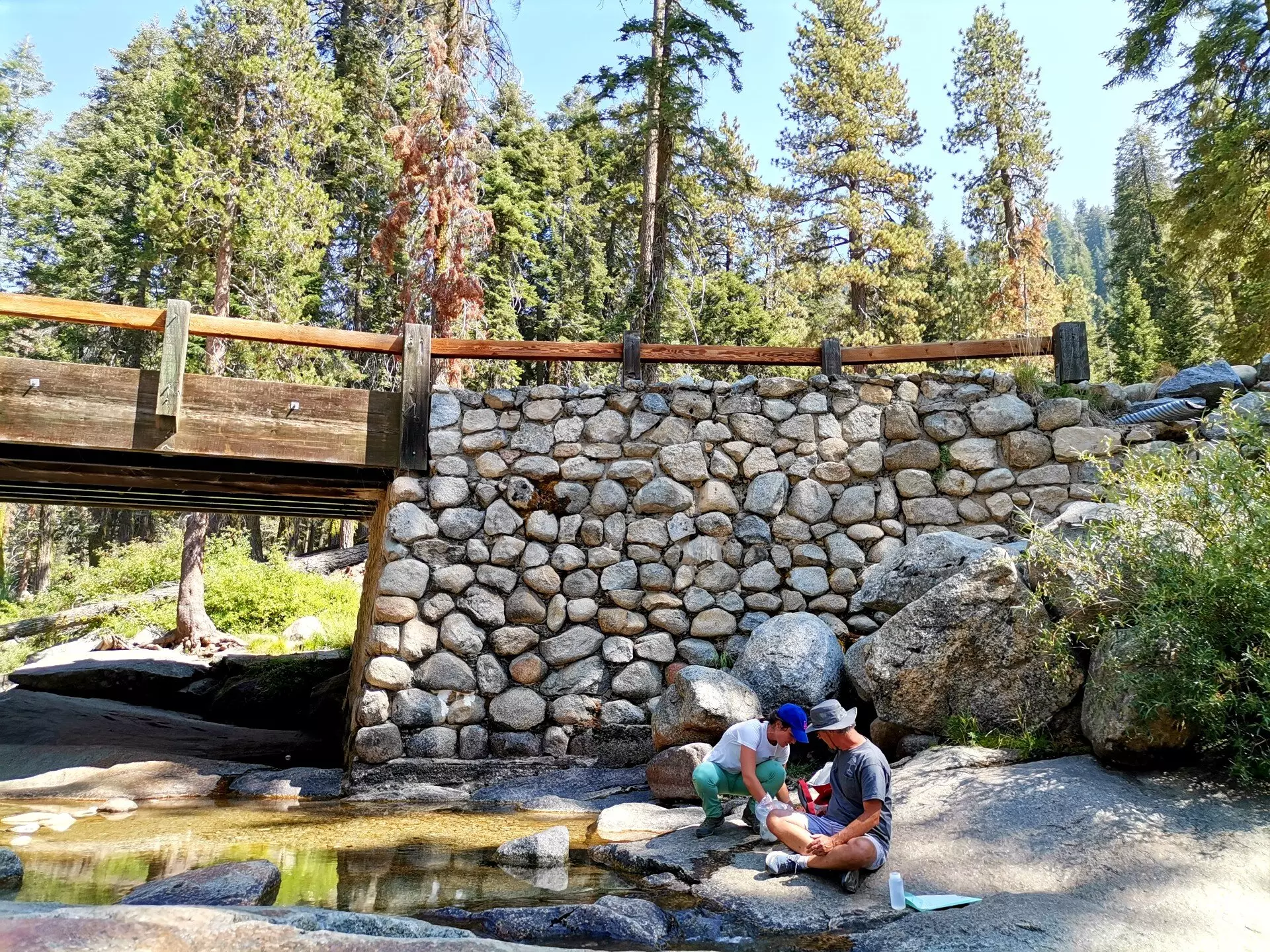Recent studies shed impressive light on the intricate ecological relationships that sustain California’s Central Valley, often dubbed “America’s breadbasket.” Central to this newfound understanding is the revelation that significantly more than half of the valley’s groundwater supply can trace its origins back to the Sierra Nevada mountains. This revelation not only highlights the vital nature of this unique ecological synergy but also offers profound implications for our agricultural practices and water management policies.
Historically perceived as isolated entities, the Sierra Nevadas and the Central Valley are in fact interconnected ecosystems, both wedged in a relationship that is critical for agricultural success in one of the most fruitful farming regions in the United States. UC Riverside’s extensive research surfaces that aquifers, often likened to subterranean reservoirs of water and sediment, are not simply the byproduct of rainfall or surface water sources. Researchers discovered that some aquifers within the Sierra Nevada range appear to drain directly into the Central Valley aquifer, emphasizing a relationship that transcends basic water flow and taps into fundamental geological processes.
Revolutionizing Water Source Understanding through Chemical Analysis
How do we understand the flow of water that is invisible to the naked eye? The answers lie within the sophisticated science of hydrochemistry. Researchers from UC Riverside employed a methodical approach to illustrate the origins of the Central Valley’s aquifer water by analyzing samples taken from both the valley and its mountainous source. By examining various chemical indicators—including levels of calcium, sodium, sulfates, and isotopes—the team pieced together an intricate tapestry that tells the story of the valley’s water supply.
Why does the age of water matter? Not only does it provide a timeline for water replenishment, but it also underscores the sustainability of our water resources. In the Northern Hemisphere, carbon-14 dating offers a glimpse into groundwater that is thousands of years old, while tritium represents more recent deposits. The findings from UC Riverside depict a spectrum of ages—some water as recent as 4 years and others aged over 40,000—as well as pervasive challenges in water replenishment rates. Simply stated, pumping levels deemed sustainable today could lead to dire consequences for future generations.
The Implications of Overextraction: An Alarm Bell for Sustainable Practices
The implications of these findings are far-reaching, particularly in the context of groundwater mining, a term that encapsulates over-extraction for agricultural needs. Following California’s punishing droughts from 2012 to 2016, the frenzy to draw from dwindling aquifers significantly exacerbated issues like land subsidence, affecting infrastructure such as dams and canals. Former Governor Jerry Brown’s Sustainable Groundwater Management Act has been a critical step toward countering these practices, mandating sustainable groundwater management plans. However, the urgency of the situation demands not just adherence to existing legislation but also a more holistic and forward-thinking approach.
The truth is, California’s aquifers offer a limited supply, and without a robust understanding of the recharge rates, any strategy will remain akin to financial budgeting without accurate income reports. As UC Riverside researchers have noted, enhancing our understanding of these dynamics through rigorous studies can inform smarter policies that aim for a harmonious balance between agricultural productivity and ecological sustainability.
Broadening Perspectives on Water Management
To truly manage water resources effectively, we must expand our perception of water management beyond just the immediate supply and demand. This push towards more detailed studies signifies a collective responsibility to protect one of our most precious resources—groundwater. Every drop holds a history, and its significance extends beyond agricultural viability; it is about preserving ecosystems, supporting communities, and preparing for future climate challenges.
Water management should no longer be an afterthought; it should be at the forefront of California’s agricultural strategy. As drought conditions become more frequent and extreme, the intersection of scientific research, community involvement, and responsible governance will pave the path towards a more sustainable and resilient future. The Sierra Nevada’s hidden contributions to the Central Valley aquifer serve not only as a wake-up call but also as an emblem of hope—if we choose to listen and act wisely.


Leave a Reply